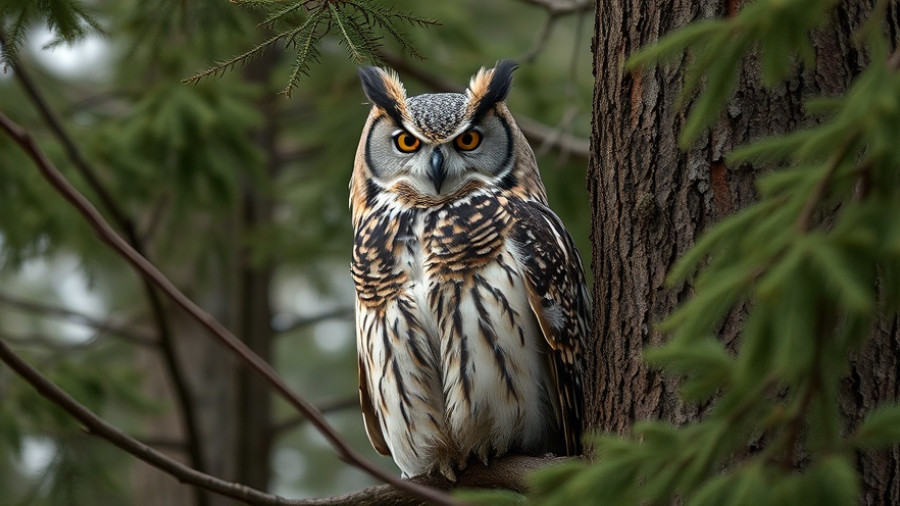
The Journey of Whooping Cranes: Nature's Incredible Migration
The migration of Whooping Cranes, spanning a perilous 2,500 miles, is a remarkable feat that contributes to the survival of the world’s only self-sustaining flock of these majestic birds. As discussed in the latest issue of Living Bird, photographer Michael Forsberg aims to shed light on this journey, highlighting the challenges faced by these cranes during their migration. This stunning visual narrative invites readers to understand why safeguarding their migration routes is crucial.
Backyard Wonders: Discovering Birds Close to Home
In addition to the Whooping Crane features, this edition of Living Bird offers an intimate perspective on backyard birds through the lens of a father-son photography duo. Resting in their Massachusetts home, they provide a captivating look at local birds and their remarkable aerial skills. This article serves as a reminder that even in our own backyards, the beauty of nature awaits discovery, encouraging readers to observe and appreciate the feathered friends in their local environments.
Fascinating Interactions: Crossbills and Their Habitat
Craig Benkman's research emphasizes an intricate relationship between crossbills and the conifers they depend on. In his reflections, Benkman shares insights from his 40-year career studying this evolutionary relationship, showcasing how ecological dynamics unfold over time and illustrating the interconnectedness of species within their ecosystems.
The Importance of Family in Birdlife
The community of Superb Starlings in Africa offers a glimpse into the fascinating dynamics of bird cooperation. This article explores how these glossy songbirds not only nurture their own young but also collaborate with non-related birds. Such behaviors underscore the importance of social bonds and cooperative child-rearing, which can enhance survival rates among species.
Birding for Everyone: Inclusive Birdwatching Practices
In a segment emphasizing accessibility, Living Bird introduces the concept of “easy-does-it” birding, advocating for inclusive practices that allow everyone to enjoy birdwatching, regardless of mobility or age. This approach reassures readers that the joy of connecting with nature can be embraced at any stage of life.
Turning Disruption into Opportunity
In the department column 'View from Sapsucker Woods,' Ian Owens discusses how conservation efforts can pivot during challenging times, showcasing the resilience and adaptability of nature lovers and conservationists. This section encourages readers to remain hopeful and proactive, emphasizing that opportunity can arise from disruption.
Engagement through Citizen Science
The vitality of citizen science is highlighted with the recent eBird milestone, with over 2 billion bird sightings recorded. Such community-driven initiatives not only contribute to scientific knowledge but also foster a sense of connectivity and stewardship among birdwatchers and nature enthusiasts.
The Big Picture: Conservation Successes and Future Trends
The updates on the Whooping Crane population illuminate a success story in conservation efforts. With a record number of cranes counted along the Texas coast, this serves as a beacon of hope for endangered species. However, as Kevin McAbee highlights, continued collaborative conservation efforts are crucial for sustaining this growth and ensuring lasting protection for future generations.
This issue of Living Bird not only celebrates the beauty and complexity of avian life but also empowers readers to engage with nature, learn about conservation, and recognize the roles we all play in safeguarding our feathered friends. Whether through backyard observations or understanding global species interactions, we are all connected in this intricate web of life.
 Add Row
Add Row  Add
Add 




Write A Comment